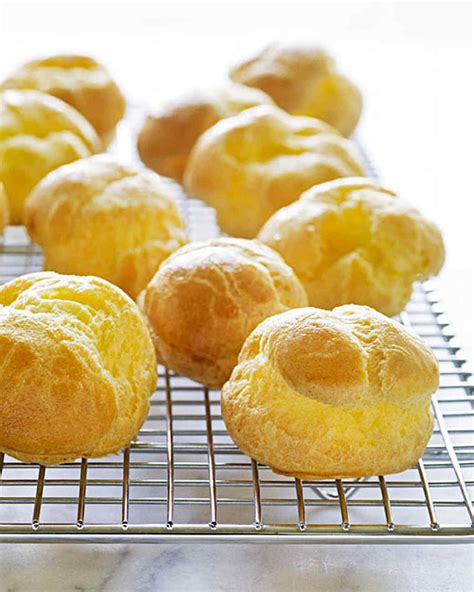The Ultimate Pate a Choux Recipe: Mastering the Art of Cream Puffs and Profiteroles
So, you want to make the perfect pâte à choux? You've come to the right place! This classic French pastry dough is the base for an incredible array of delicious treats, from airy cream puffs and elegant profiteroles to whimsical éclairs and savory gougères. While it might seem intimidating at first, with a little practice and this comprehensive guide, you’ll be mastering pâte à choux in no time.
Understanding Pate a Choux: The Science Behind the Puff
Pâte à choux, literally translated as "cabbage pastry," gets its unique texture from a process called starch gelatinization and steam expansion. The key lies in the balance of water, butter, eggs, and flour. The water and butter create a hot, gelatinous base, while the flour forms the structure. The eggs add lightness and elasticity. During baking, the steam created within the dough expands, causing the puffs to rise dramatically.
Ingredients for Perfect Pâte à Choux
- 1 cup (2 sticks) unsalted butter: Use good quality butter for the best flavor.
- 1 cup water: Use filtered water to avoid impurities.
- 1 teaspoon salt: Enhances the flavor and helps control the dough.
- 1 cup all-purpose flour: Using a low-protein flour, like cake flour, may result in less structure.
- 4 large eggs: Always use large eggs for consistent results. Room temperature eggs will mix better into the dough.
Step-by-Step Pate a Choux Recipe
1. The Roux:
- In a medium saucepan, combine the water, butter, and salt. Bring to a rolling boil over medium-high heat, stirring occasionally.
- Once boiling, remove from heat and immediately add the flour all at once.
- Stir vigorously with a wooden spoon or spatula until a smooth, cohesive dough forms and pulls away from the sides of the pan. This is crucial for developing the gluten structure. This step creates a roux which is the base for your choux pastry.
2. Incorporating the Eggs:
- Return the pan to very low heat and continue to stir for 1-2 minutes to cook out any residual flour taste. This step helps create a smoother, more refined dough.
- Remove from heat and let the dough cool slightly (about 5 minutes). This prevents the eggs from cooking prematurely.
- Add eggs one at a time, beating vigorously with a wooden spoon or electric mixer until fully incorporated before adding the next. The dough should be smooth, glossy, and slightly sticky. The consistency should resemble a thick pudding.
3. Piping and Baking:
- Preheat your oven to 400°F (200°C). Line a baking sheet with parchment paper.
- Transfer the pâte à choux to a pastry bag fitted with a large round tip (or a ziplock bag with a corner snipped off).
- Pipe the dough into 1 ½ - 2 inch mounds, leaving space between them for expansion.
- Bake for 30-35 minutes, or until golden brown and puffed. Do not open the oven door during baking. This maintains the integrity and rising of the pastry.
- Reduce the oven temperature to 350°F (175°C) for the last 10-15 minutes for even browning, if necessary.
- Once baked, immediately pierce the puffs with a sharp knife to release steam and prevent sogginess. Let them cool completely on a wire rack before filling.
Tips for Pate a Choux Success
- Don't overmix the dough: Overmixing can develop the gluten too much resulting in tough puffs.
- Use room temperature eggs: This will help them emulsify properly into the dough.
- Don’t open the oven door during baking: This will cause the puffs to collapse.
- Let the puffs cool completely before filling: This will prevent them from becoming soggy.
Filling and Serving Suggestions
Once your pâte à choux has cooled, the possibilities are endless! Fill them with:
- Creamy fillings: Pastry cream, whipped cream, chocolate ganache.
- Fruity fillings: Fresh berries, lemon curd.
- Savory fillings: Cheese, herbs, and other ingredients.
With practice, your pâte à choux will become lighter, airier, and more delicious with each attempt. So grab your ingredients and get ready to create some truly spectacular pastries!
